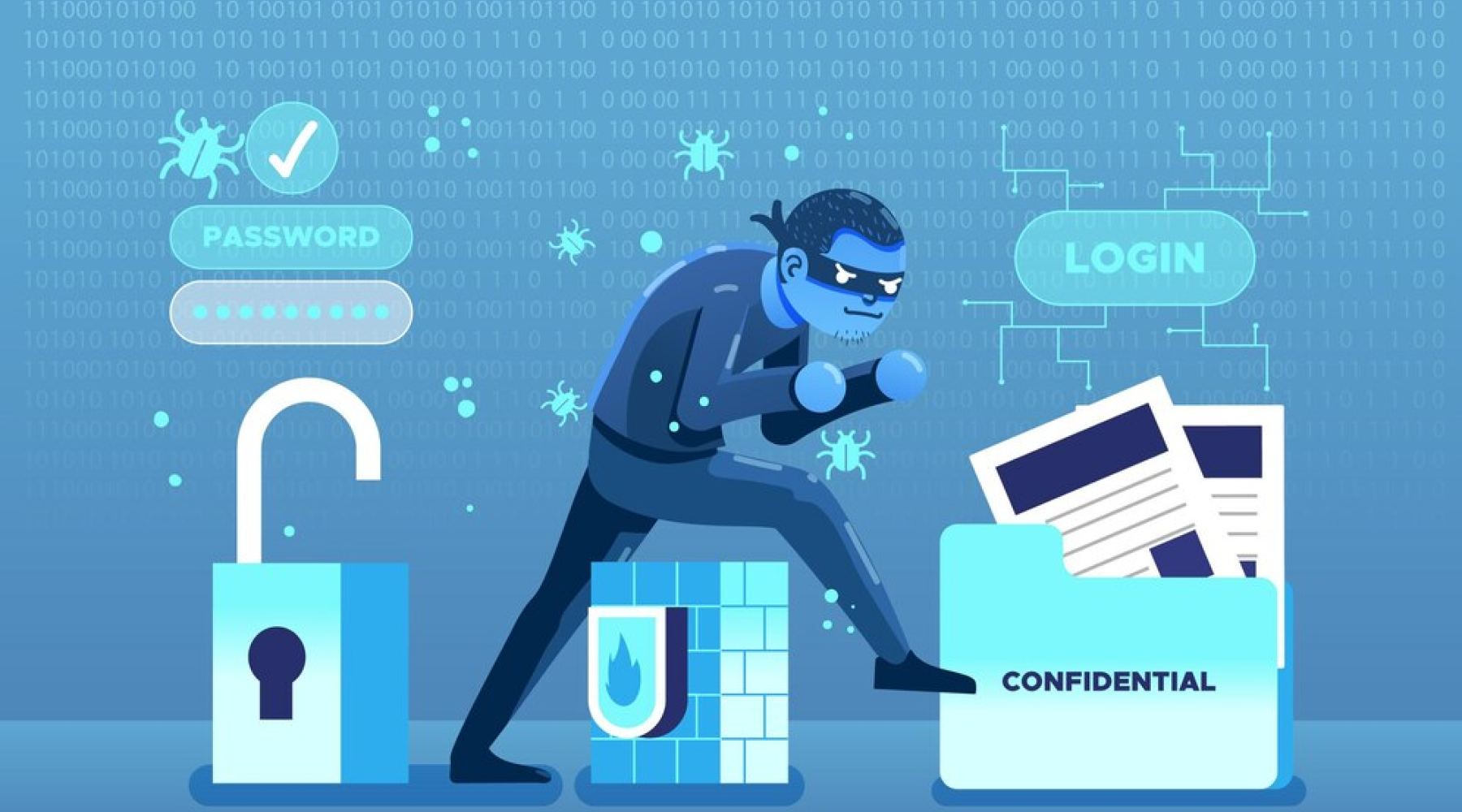Ransomware is now a significant threat to businesses, with global damage costs projected to exceed $265 billion by 2031. These attacks often leave organizations grappling with financial losses, operational downtime, and reputational damage.
Yet, amidst the chaos, ransomware warranties are emerging as essential to a robust cybersecurity strategy.
By examining real-world ransomware incidents, we can uncover valuable lessons and understand how ransomware warranties provide essential financial protection and operational resilience.
Understanding the Cost of Ransomware
The financial implications of ransomware extend far beyond ransom payments. Businesses face:
- Revenue loss: Downtime following an attack often results in halted operations, with an average disruption lasting 23 days.
- Recovery costs: Expenses for IT restoration, legal consultations, and compliance measures add up quickly.
- Reputational harm: Data breaches erode customer trust, often leading to long-term revenue decline.
For SMEs, these costs can be particularly crippling. This is where ransomware warranties step in to bridge the financial gap.
Lessons from Major Ransomware Incidents
Colonial Pipeline (2021)
This infamous attack caused fuel shortages across the U.S. East Coast. While the company paid $4.4 million to the attackers, the recovery process involved far more significant costs in public trust and government scrutiny.
Key takeaway: Beyond prevention, having financial safeguards like ransomware warranties can alleviate immediate pressures during recovery.
WannaCry (2017)
WannaCry ransomware exploited unpatched vulnerabilities, impacting over 230,000 systems worldwide. Many victims lacked the resources to recover, highlighting the need for financial preparedness.
Key takeaway: Proactive planning and warranties provide the financial and operational stability necessary to mitigate large-scale incidents.
What Makes Ransomware Warranties Essential?
A ransomware warranty is more than just financial protection—it’s a comprehensive safety net designed to help businesses navigate the aftermath of cyberattacks. Here’s what it offers:
- Ransom Reimbursement
Covers the ransom amount, enabling businesses to restore encrypted data if payment becomes the only viable option. - Operational Continuity
Ensures coverage for downtime-related revenue losses, helping businesses resume operations faster. - Incident Management Support
This includes funding for forensic investigations and compliance efforts to ensure proper breach handling. - Customer Confidence
Demonstrates commitment to cybersecurity, which helps maintain trust during a crisis.
The Role of Ransomware Warranties in Modern Cybersecurity
While robust cybersecurity measures remain essential, they cannot guarantee immunity from ransomware. A ransomware warranty complements existing defenses by addressing the financial fallout when prevention fails.
Encouraging Stronger Defenses
Many warranty providers require businesses to implement preventive measures, such as system updates, regular audits, and employee training. These practices reduce the likelihood of an attack and strengthen organizational resilience.
Aiding Recovery
Quick access to funds for IT restoration and legal services ensures that recovery efforts aren’t stalled due to financial constraints.
Minimizing Long-Term Damage
With financial and operational support in place, businesses can focus on rebuilding their reputation and preventing further harm.
Real-World Benefits of Ransomware Warranties
For Small and Medium Enterprises (SMEs)
SMEs often lack the resources to absorb the financial blow of a ransomware attack. A ransomware warranty provides a vital safety net, ensuring recovery without jeopardizing long-term viability.
For Regulated Industries
Sectors like healthcare and finance face strict compliance requirements. Warranties can cover legal expenses and regulatory fines, ensuring adherence to standards even under challenging circumstances.
For Global Enterprises
Large organizations with complex operations benefit from warranties that include downtime compensation and comprehensive recovery support.
Key Stats That Highlight the Importance
- 77% of businesses still lack a dedicated incident recovery plan.
- In 2024, the average ransom demand has surged to $2.73 million, marking an increase of nearly $1 million compared to 2023.
- 95% of businesses with a recovery plan resume operations within a week, compared to just 45% without one.
These figures underline the importance of not only having strong cybersecurity defenses but also ensuring financial readiness with warranties.
Crafting a Resilient Cybersecurity Strategy
A ransomware warranty is most effective when integrated into a broader cybersecurity strategy. Here’s how to build a resilient framework:
- Regular Risk Assessments: Evaluate vulnerabilities and ensure systems are patched and updated.
- Employee Training: Educate staff on identifying phishing attempts and adhering to cybersecurity protocols.
- Backup and Recovery Plans: Maintain secure backups and test recovery processes frequently.
- Partnering with Trusted Providers: Companies like DLT Alert offer tailored ransomware coverage, ensuring financial protection and compliance.
Conclusion
Ransomware incidents serve as a sharp reminder of the evolving cyber threat landscape. They emphasize the need for businesses to balance prevention, detection, and recovery. A ransomware warranty, when combined with strong defenses and strategic planning, ensures businesses can weather the storm of an attack with minimal disruption.
Don’t wait for a crisis to strike—secure your business today with the protection of a ransomware warranty and safeguard your financial future.
Also Read: How Often Should a Warranty Against Ransomware Be Reviewed and Updated?





